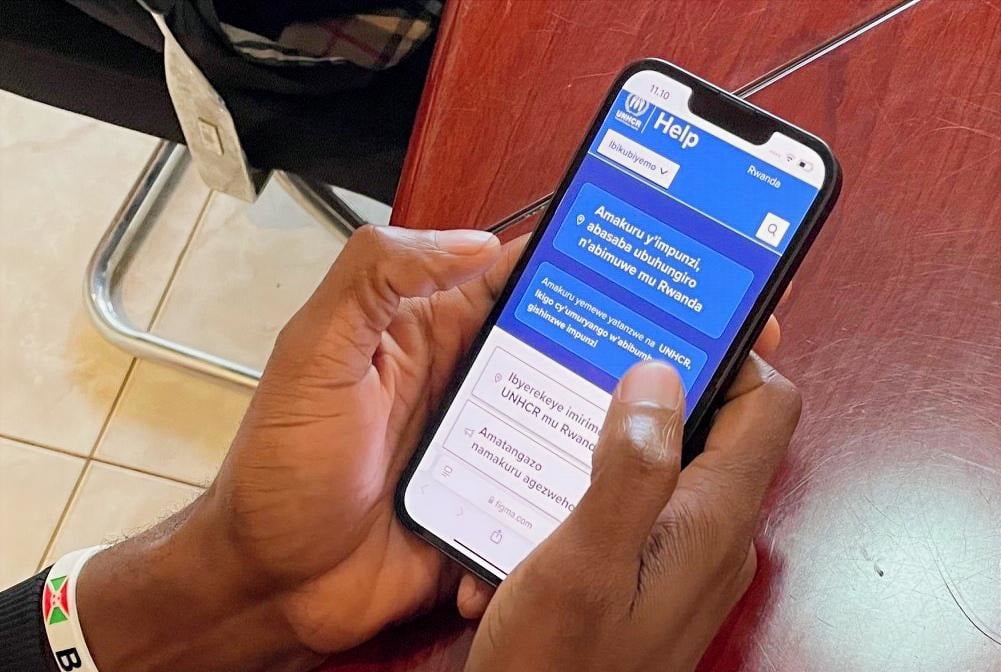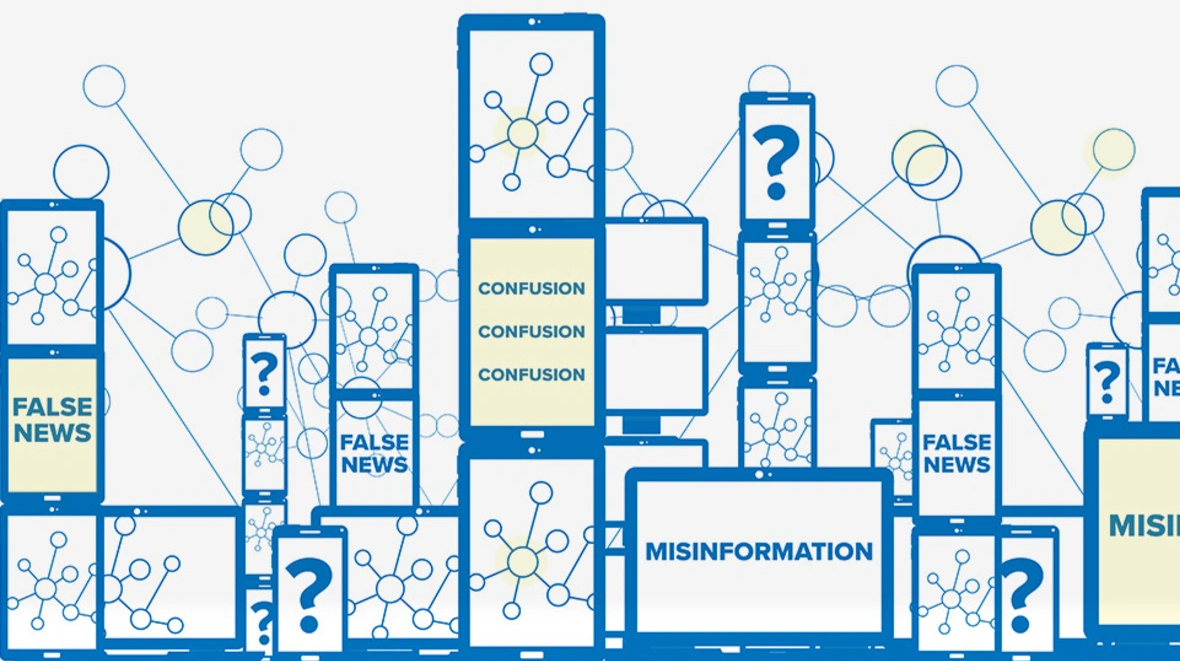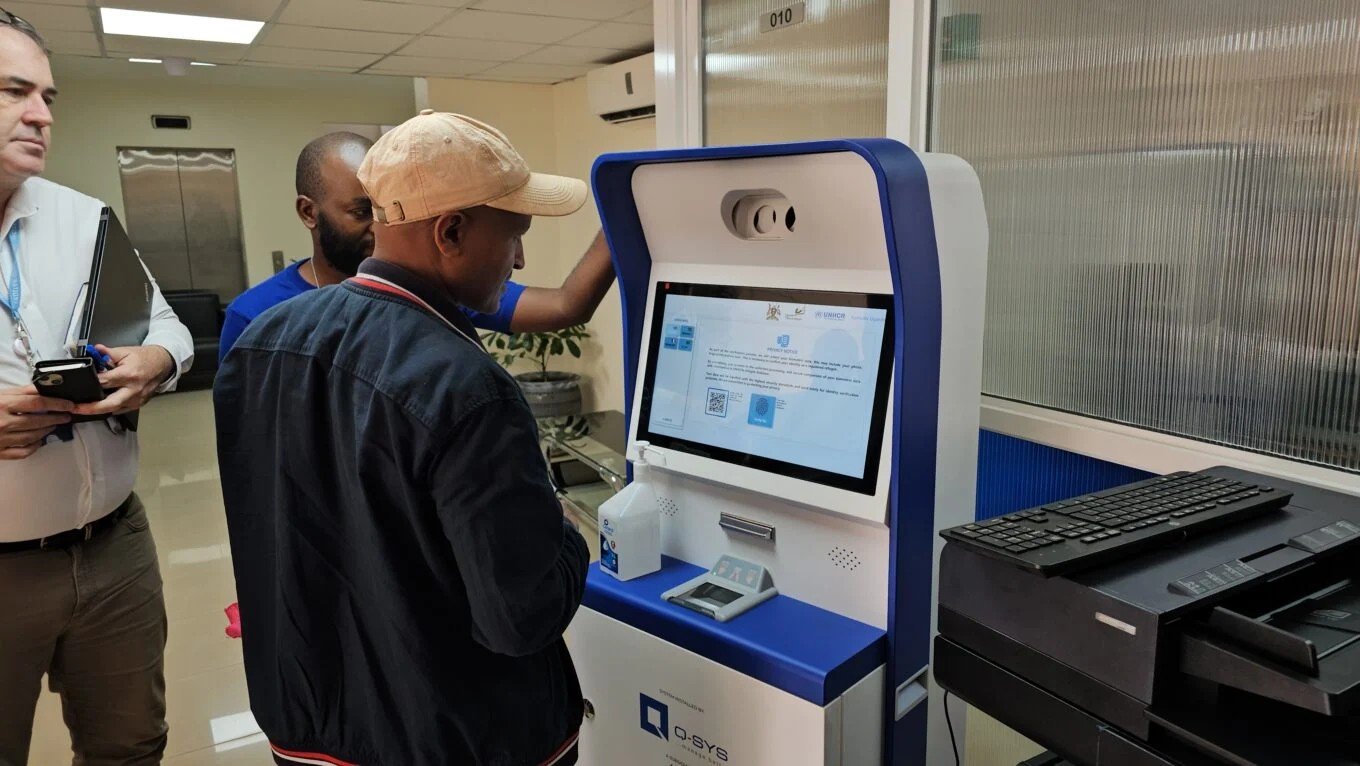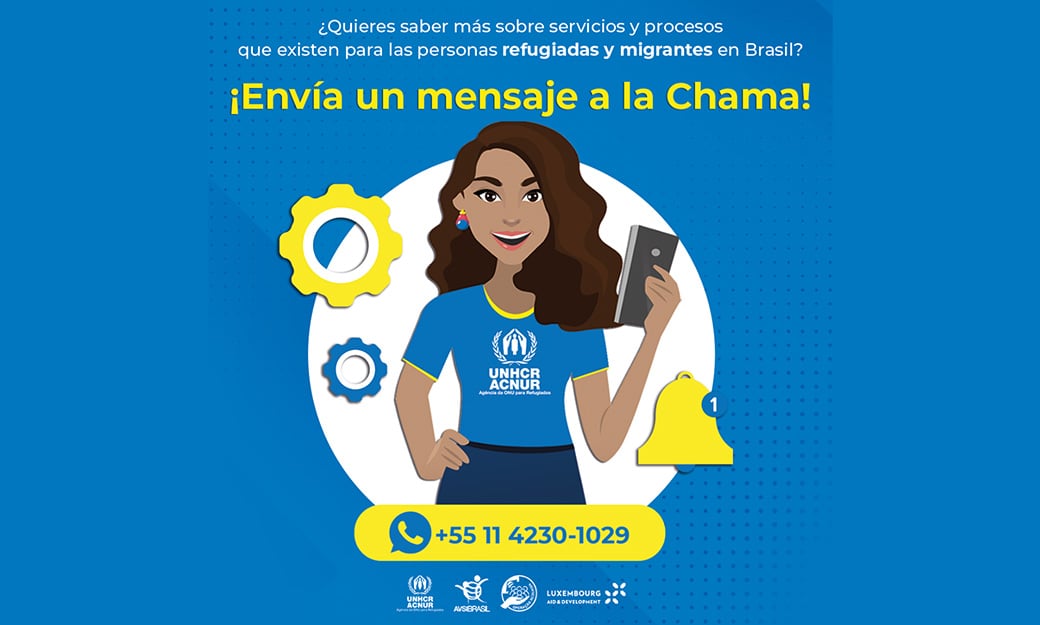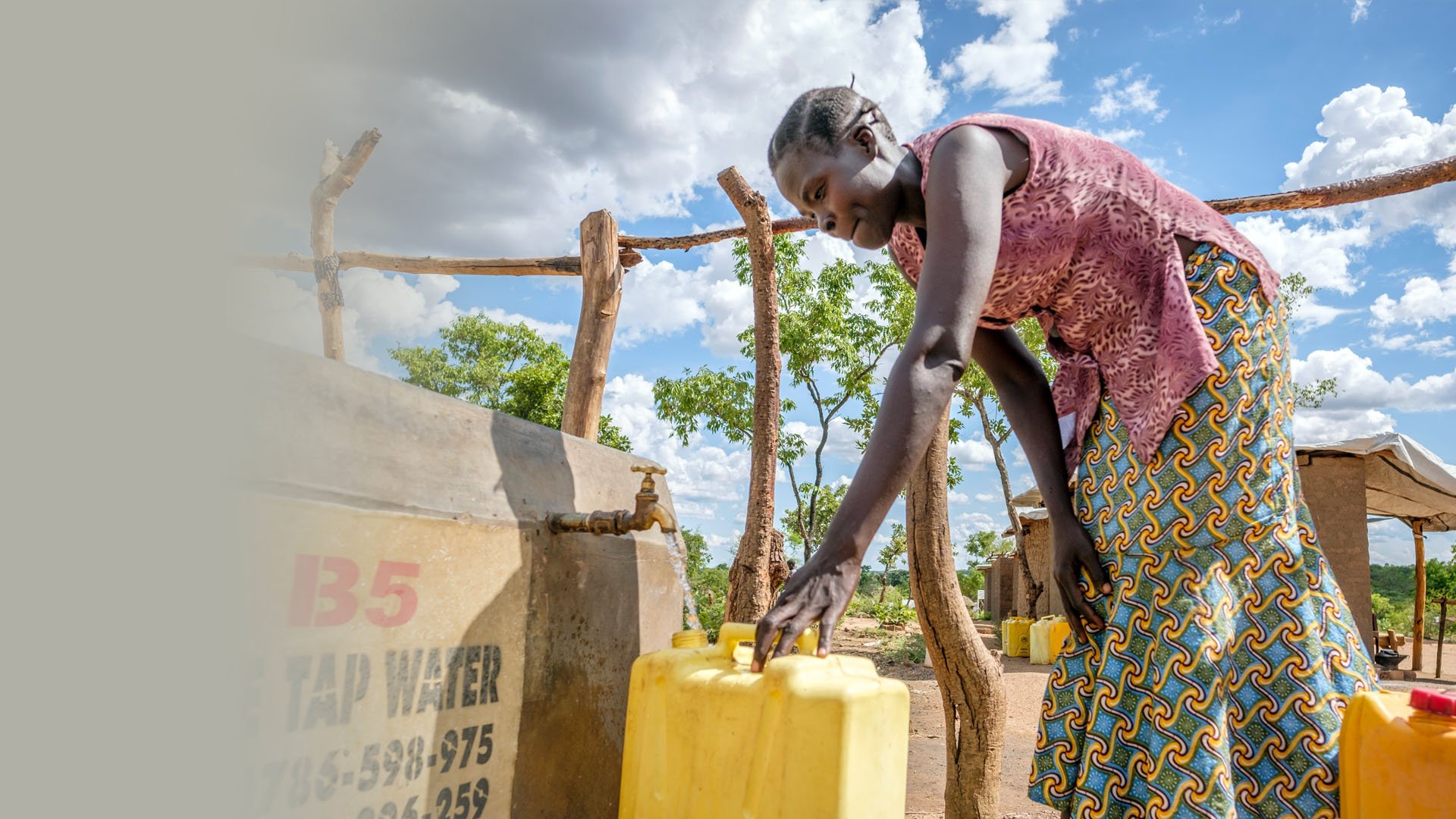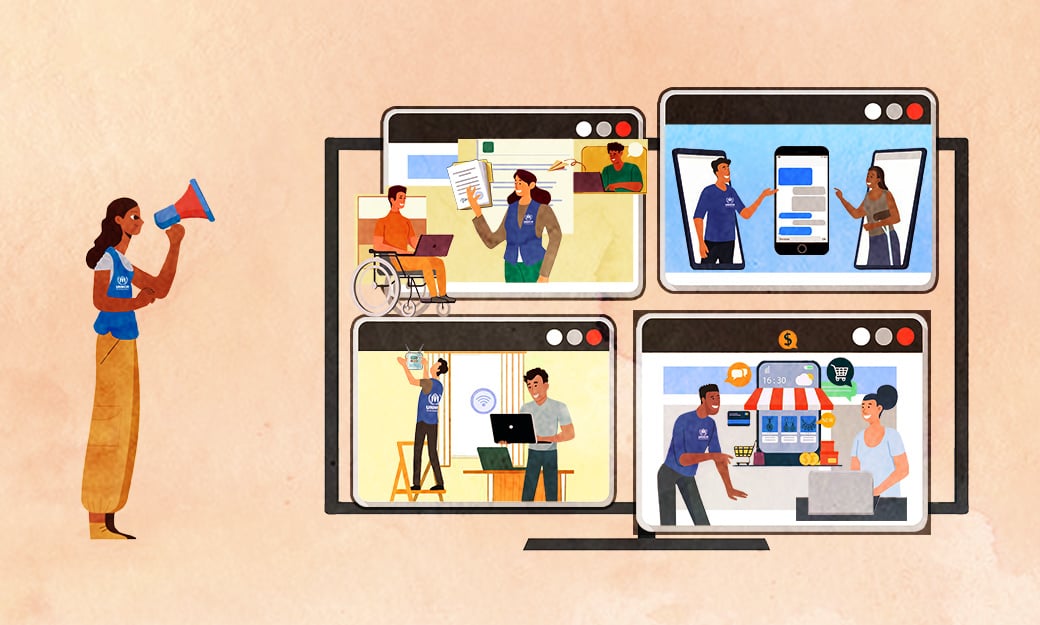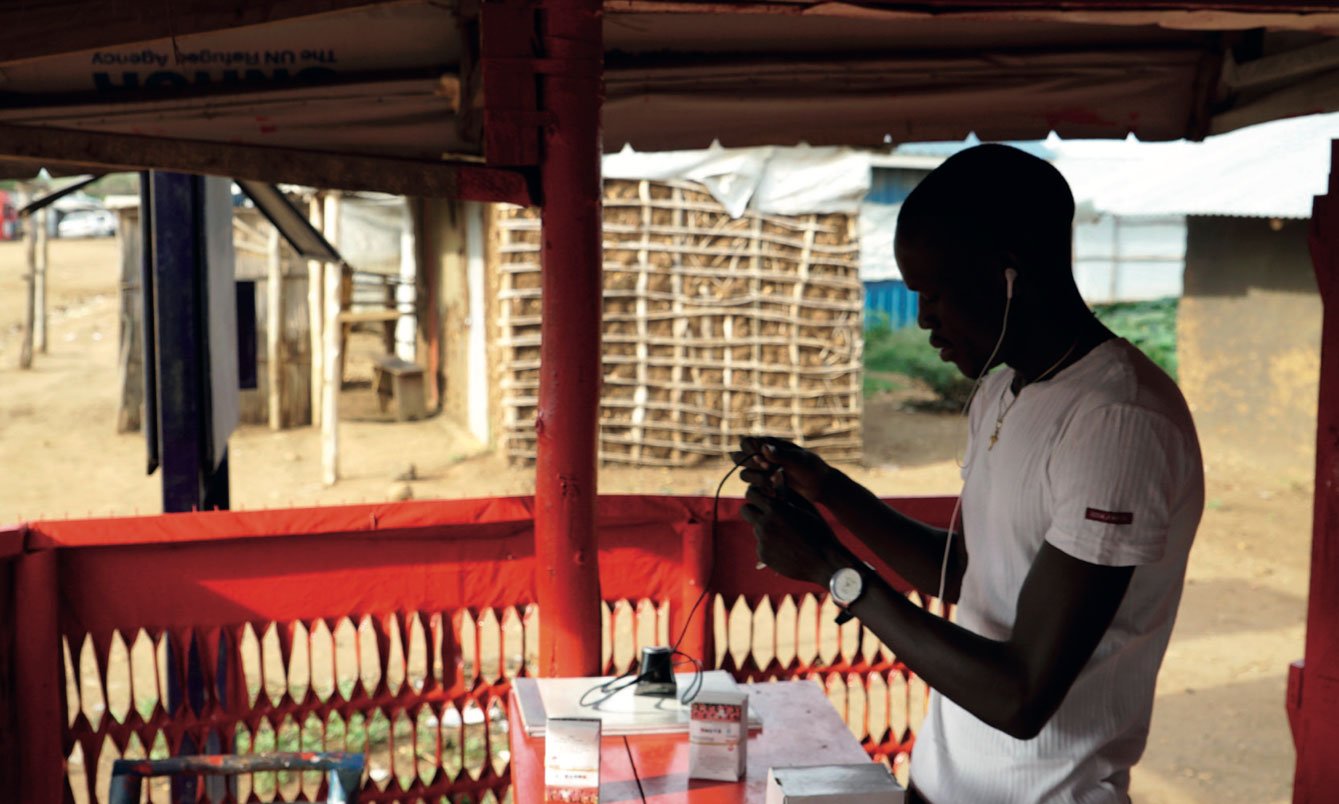
PRIORITY OUTCOME
DIGITAL
INCLUSION
Outcome
The communities we serve have equitable access to digital technology and channels and can use them to pursue opportunities for lifelong learning, inclusion in the digital economy, leisure, and solutions.
Tom Remo, a South Sudanese refugee and businessman, at his mobile phone shop at Rhino Camp Settlement, northern Uganda, where internet connectivity is changing lives. ©UNHCR/Michele Sibiloni
Current context
UNHCR recognizes digital inclusion as the equal right for forcibly displaced and stateless people to fully take part in a connected society in line with their host communities.
The challenges that the communities we serve face in realizing the potential of the digital world are varied and complex, specifically:
- Policy and regulatory environments are a ‘hard stop’ to getting connected as in many countries, policies, laws and regulations effectively exclude individuals from digital life. While this is often due to a lack of trusted identity credentials, it can also stem from their exclusion from national strategic planning, for example around education.
- Many forcibly displaced people are ‘priced-out’ of inclusion as they often have lower incomes than their host communities. Many live in rural areas or remote settlements where access to hardware and services is both difficult and costly.
- Infrastructure and technology barriers still exist such as a lack of reliable power and bad cellular coverage, or limited speed connections preventing meaningful connectivity.
- Limited knowledge of the tools and the benefits of digital access and inclusion means communities cannot access the associated opportunities.
- Lack of relevant content and use cases can lead to low levels of adoption and disappointment at what the connected world offers. This covers the ability to access the internet in their own language, access content relevant to their needs and desires, and limited availability of accessible content for people with disabilities.
These challenges to digital inclusion are not things that can be addressed overnight. Concerted efforts are required from a wide range of stakeholders to effect and facilitate change.
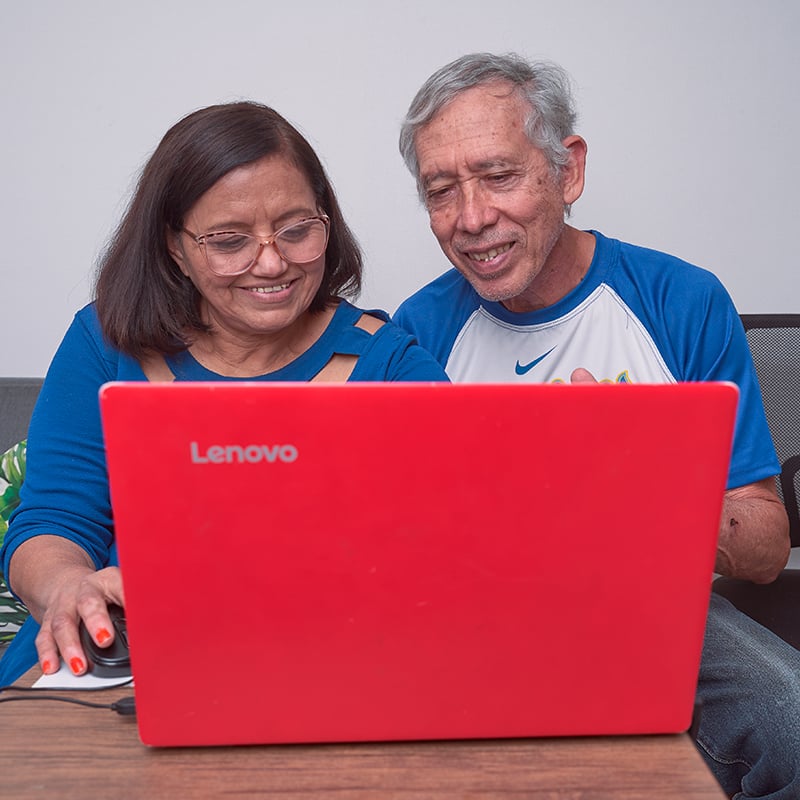
Naxis and Gabriel, an elderly Venezuelan couple living in Santiago, Chile, working together on a laptop computer. Having participated in a digital literacy course aimed at promoting the economic inclusion of refugees and migrants, Naxis and Gabriel have been using digital tools to grow their small business. ©UNHCR/Eugenia Paz
Five-year results
By the end of 2026, UNHCR will have:
- Developed the capacity at country and regional level to lead on digital inclusion issues, working closely with multi-functional teams and government, private sector, partners and communities.
- Worked in a coherent, coordinated and systematic way with partners to promote digital inclusion of the communities we serve, particularly in education, health and livelihoods.
- Leveraged cutting-edge research and data to inform programme related to digital inclusion.
- Undertaken meaningful but targeted activities to reduce digital divides, informed by an age, gender and diversity (AGD) approach to ensure that no one is left behind.
- Established processes for identifying, understanding, and acting on emerging issues, leveraging innovation methodologies and approaches.
- Provided leadership within the sector demonstrating principled and systematic inclusion.
Priority actions
Strengthening
partnerships
- Convene relevant stakeholders, including the communities we serve, at country, regional and global level through action-oriented working groups in support of digital inclusion.
- Work with relevant ministries and authorities to ensure that forcibly displaced and stateless communities are included within government strategy, planning and budgeting across key issues ranging from broader technology access to specific sectors such as education and health.
- Accelerate Private Partnerships, moving beyond traditional partnership modalities to new and innovative arrangements designed to strengthen digital inclusion, improve access to jobs, technology, knowledge, and guidance.
- Promote community-led approaches and local ownership of digital solutions by working with refugee-led and community-based organizations.
Strengthening
capacity
- Strengthen UNHCR’s internal capacity at regional level to lead on digital inclusion issues supporting country teams on planning processes and partner mobilization.
- Developing and deploying a training and capacity building programme on digital inclusion targeting all staff within UNHCR and relevant partners to strengthen overall response capacity.
Strengthening
systems and processes
- Adapt planning processes to facilitate access to financial resources for digital inclusion initiatives with minimum regional envelopes.
Strengthening
understanding and evidence-based advocacy
- Map digital inclusion initiatives across all regions and undertake digital inclusion assessments that include digital skills mapping, socio-economic data, data on digital rights, device availability, mobile money transfers, as well as on education and livelihoods dimensions, etc. where appropriate.
- Advocate for enhanced infrastructure and support its deployment – working with industry to make the business case to address infrastructure gaps.
Enhancing its
ways of working
- Explore emerging issues, experimenting with new approaches to determine viability and develop critical learning and evidence for strategically addressing long-term challenges.
- Document innovation or experimentation at country and regional level, making it available to all actors considering digital inclusion interventions.
Taking action
- Work with communities, specifically youth, to enhance digital inclusion and break down social and cultural barriers through community-based approaches.
- Implement targeted digital inclusion interventions aimed at marginalized groups such as women and girls, the elderly or people with disabilities.

